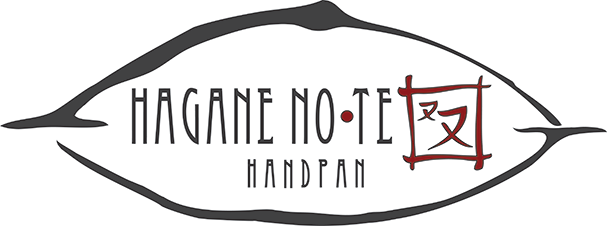The good thing with drums and percussions is that every single bar is a world of endless combinations to practice with. This was the underlying principle when I was studying rhythmic sight-reading and snare technique with Daniele. So, after the first, introducing handpan lesson, where we would just fool around with some paradiddles and stuff, and after a months’ hiatus in our publishing activity (organizing our wedding took so much time and effort, but it was definitely the best day in our lives 😉 ), I have got back to heavy handpan practice and to analyzing the several approaches, trying to find the most suitable for me.
Easy Drum patterns and handpan tutorials
Looking around on the internet, I found some easy and basic drum patterns, the ones you start with when you approach drum playing. Drum notation and sheet music are very peculiar, but the simple three parts of kick and snare drum, and closed hi-hat are very useful when you adapt them to handpan playing.
What I am trying to develop is ultimately hand independence. Keeping a rhythmic pattern with one hand while the other is busy with the melody, or just splitting my brain as to make structures that are more complex. In order to develop this, I am focusing on one single pattern, not the easiest of the ones I found – because otherwise it would be just playing the eight notes in sequence –, but rather one that posed a slight difficulty to hand coordination.
First thing first
In drum notation, and in these patterns, the different elements are scored as follows:

The First Pattern
The pattern I’ve been studying is the following; you can see the score and listen to the .mp3 sample made with the interesting free notation software MuseScore:

The next step was deciding to play the kick and snare parts with the right hand: the Ding for the kick and a slap in the internote space for the snare, like in this video:
Variation n.1
After getting familiar with these first parts, both on a free tempo and with a 70 bpm to 100 bmp or so metronome, I added the hi-hat with the left hand, playing only one or two notes repetitively and keeping the quarter notes. The exercise has to be practiced also switching the hands, in order to develop the sort of playing symmetry needed to improve the playing technique. Find here the score and the .mp3 sample:

And here the YouTube video:
Variation n.2
Another variation is playing eight notes with the “hi-hat” hand, making a kind of metronome-effect during the session, like this variation, where the hi-hat keeps the usual eight notes rhythm:

You can watch the examples in the video here:
Practical application
To spice up things a bit, all you need is moving around with the hi-hat hand, and play as many notes as you wish in order to create the melody while the drum-and-snare hand is keeping the whole rhythm!
This is a short and simple example of this:
This practice session can be kept as long as you wish, switching hands and adding other patterns along the way to make the playing fun and interesting!


Recent Comments